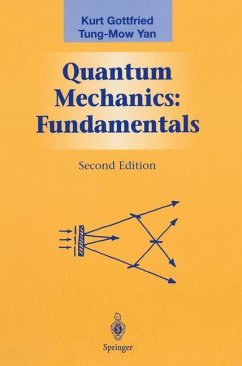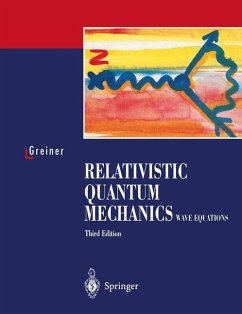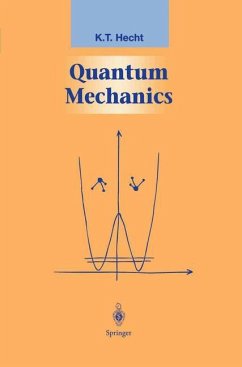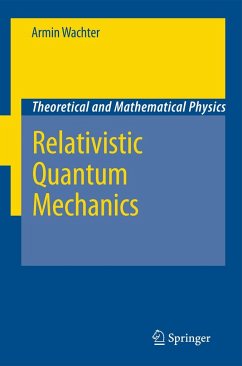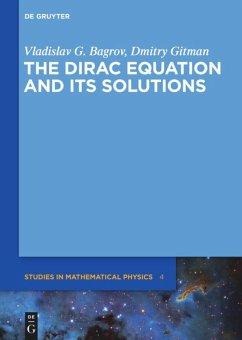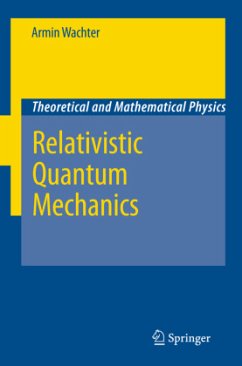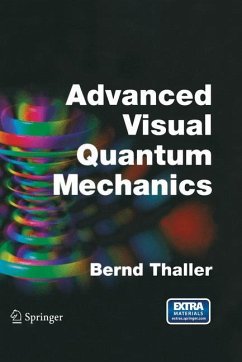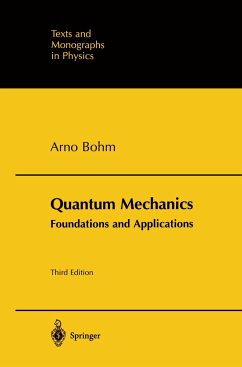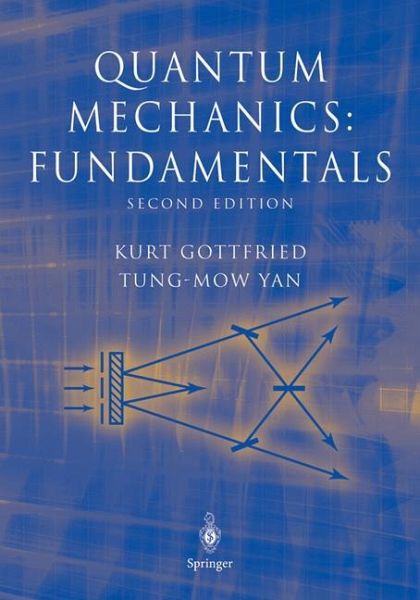
Quantum Mechanics: Fundamentals
Versandkostenfrei!
Versandfertig in 1-2 Wochen
90,99 €
inkl. MwSt.

PAYBACK Punkte
45 °P sammeln!
This classic text provides a comprehensive exposition of the concepts and techniques of quantum mechanics. The phenomena treated are sufficiently simple to allow the student to readily assess the validity of the models so that attention is not deflected from the heart of the subject. To that end, the book concentrates on systems that can either be solved exactly or be handled by well-controlled, plausible approximations. With few exceptions, this means systems with a small number of degrees of freedom. The exceptions are many electron atoms, the electromagnetic field and the Dirac equation. The inclusion of the last two topics reflects the belief that every physicist should now have some knowledge of these cornerstones of modern physics
Quantum mechanics was already an old and solidly established subject when the first edition of this book appeared in 1966. The context in which a graduate text on quantum mechanics is studied today has changed a good deal, however. In 1966, most entering physics graduate students had a quite limited exposure to quan tum mechanics in the form of wave mechanics. Today the standard undergraduate curriculum contains a large dose of elementary quantum mechanics, and often intro duces the abstract formalism due to Dirac. Back then, the study of the foundations by theorists and experimenters was close to dormant, and very few courses spent any time whatever on this topic. At that very time, however, John Bell's famous theorem broke the ice, and there has been a great flowering ever since, especially in the laboratory thanks to the development of quantum optics, and more recently because of the interest in quantum computing. And back then, the Feynman path integral was seen by most as a veryimaginative but rather useless formulation of quantum mechanics, whereas it now plays a large role in statistical physics and quantum field theory, especially in computational work. For these and other reasons, this book is not just a revision of the 1966 edition. It has been rewritten throughout, is differently organized, and goes into greater depth on many topics that were in the old edition.





